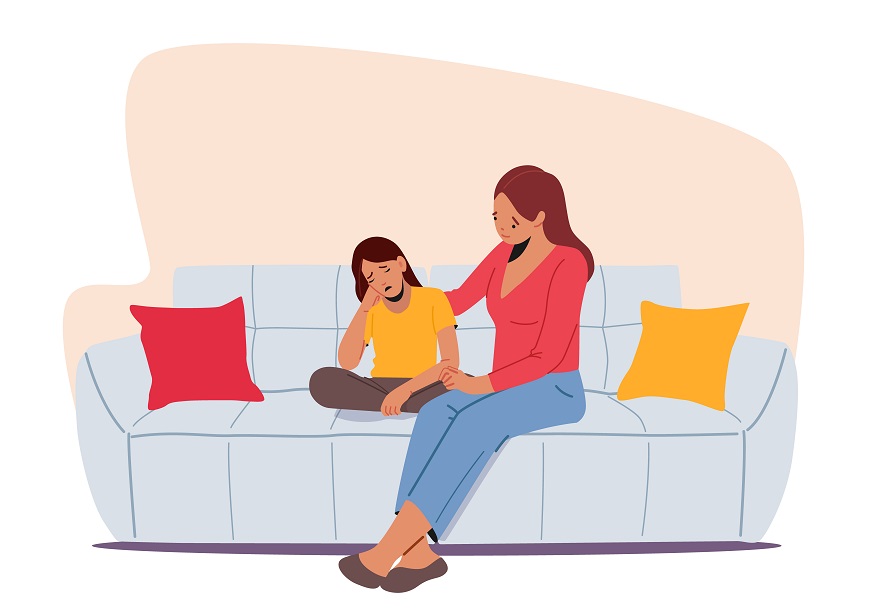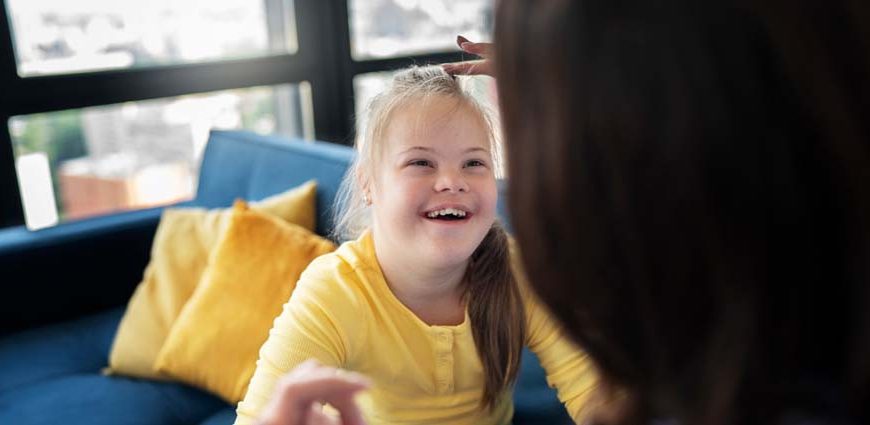Grief and loss, those two piercing words that echo in the hearts of every human, are
part of a journey that’s as inevitable as the rhythm of the tides. This intricate dance of emotions gains another layer of perplexity when it involves the tender hearts of children. Imagine a little one, their world vibrant with the vivid colours of joy and wonder, suddenly plunged into the greys of loss. It’s like a sudden burst of cold wind that chills them to the bone, shattering their simplistic worldview, and leaving them grappling with unanticipated feelings of sadness, anger, and confusion. Kids and grief are a delicate combination that requires a compassionate and sensitive approach, acknowledging their unique experience and giving them the support they need.
Helping children with grief is not just about providing comfort; it’s about validating their feelings, giving them tools to understand and express their emotions, and creating a safe space where they can heal. Let us understand this better…
Understanding Children’s Grief:
Griefs for kids can manifest in unique ways, such as changes in behaviour, fluctuating emotions, or even physical complaints, making it crucial for adults to understand and support them through these difficult times.
The phrase “griefs for kids” is complex and often misunderstood, which is why it’s essential to approach their emotional turmoil with patience, empathy, and open communication.
They traverse the world with a capricious blend of innocence and curiosity, making sense of loss through their limited experiences. Consequently, their grief might be interspersed with normal activities, an expression called ‘burstiness,’ where emotions surface intermittently in spurts, rather than in a constant stream, typical of adult grief.
Childhood grief, although often masked by an outward veneer of normalcy, can deeply impact a child’s emotional and psychological development, underscoring the importance of patient, empathetic support.
The Role of the Caregiver:
Parents, caregivers, or adults who accompany a child through their journey of loss hold a significant role. They are the torchbearers lighting the child’s path, ensuring they do not stumble into the darker corners of grief. Understanding a child’s burstiness allows for careful treading, providing support when grief strikes unpredictably, and granting space when the child appears engaged in ordinary activities.
Guiding children with their emotions, teaching them that feelings like sadness, confusion, and anger are normal reactions to loss, empowers them to address their grief. Make it known that emotions are not to be feared, but recognized, acknowledged, and worked through.
Creating a Safe Space:
One of the most impactful actions adults can take is to build a safe, open environment where children can freely express their feelings. A sanctuary where they are allowed to weep, to be angry, and to voice their fears. Encouraging them to articulate their emotions, whether verbally, artistically, or through play, can help them externalise their internal turmoil. This therapeutic process assists them in fostering emotional intelligence, recognizing their emotions, and building emotional resilience in the face of adversity. Addressing childhood grief involves nurturing a safe environment where children feel comfortable expressing their feelings, facilitating their journey towards healing and emotional resilience.
Navigating through the Maze of Grief:
Grief is a perplexing journey, and while it may be tempting to shield a child from its harshness, it’s important to equip them with tools to navigate through it. One such tool is the practice of rituals, such as memorial services. Participation can give a tangible form to their loss, making it more comprehensible. It allows them to connect with others who share their sorrow, creating a collective space of mourning and healing.
Additionally, age-appropriate literature about loss can be an effective tool. Children’s books that handle grief can validate their feelings, help them feel less alone, and teach them how characters handle similar experiences.
Remembrance and Healing:
Grief can feel like an enveloping fog, obscuring the path forward. Creating methods of remembrance can serve as critical stepping stones towards healing, allowing children to honour their connection with the lost loved one and fostering a sense of continuity.
Imagine a child and their parents sitting down on a quiet evening, flipping through an old photo album, and sharing stories of the one they miss. The laughter, the tears, and the shared memories serve as balm, easing the rawness of loss. Such actions, simple but powerful, keep the connection alive, even as they acknowledge the painful truth that life has irrevocably changed.
The Power of Patience:
In the voyage of grief, patience serves as a steadfast anchor, grounding both the adult and the child. It’s understandable that the child may oscillate between bouts of grief and their daily activities. One moment they may be sobbing, the next they could be laughing over a cartoon—this is their ‘burstiness’, a natural ebb and flow of emotion.
Remember that grief doesn’t follow a linear path, it doesn’t have a prescribed timeline or neatly ordered stages. It might be two steps forward one day, three steps back the next. Herein lies the need for patience. Your steady presence, your patience, become their comfort, a constant in the tumultuous sea of change. When it comes to kids and grief, it’s crucial to recognize their ‘burstiness’ – the idea that their grief may appear in sudden bursts amid their regular activities.
Reaching Out:
There’s no ‘one size fits all’ formula for grief, and it’s okay to admit when the journey feels too overwhelming. Reaching out for professional help is not a sign of defeat, but rather a testament to one’s determination to seek the best support for the child. Therapists specialising in child grief can provide a map for this disorienting journey, their expertise serving as a guiding light in the dense fog of grief.
In these situations, the support of a professional becomes even more crucial. They can offer techniques, exercises, and coping strategies tailored specifically for the child’s needs, offering them the best chance at healing and growth.
A key part of helping children with grief is ensuring they know that it’s okay to feel upset and that these emotions don’t have to be faced alone.
The voyage of loss is a tumultuous one, punctuated by waves of grief that sometimes subside, only to resurge with unexpected intensity. Imagine guiding a small ship, a child’s delicate heart, across this vast ocean of feelings. Helping them navigate this voyage requires a blend of patience, understanding, and compassion. Encourage their natural ‘burstiness,’ like the spontaneous laughter that erupts in the middle of tears. Create an environment that normalises emotional expression, where it’s just as okay to cry as it is to splash in the puddles after the rain. Equip them with tools for understanding and processing their grief, like a compass and a map to navigate this uncharted territory. Above all, be their safe harbour, their lighthouse standing tall amid the storm, guiding them back to calm waters. Through this labyrinth of sorrow, with your guidance and love, they will emerge resilient and strong, capable of embracing the sunshine after weathering the storm.
Even though grief for kids is complex, with careful guidance and unwavering support, children can learn to navigate their feelings of loss and find ways to heal and grow.
In this journey, supportive and understanding institutions play a vital role. EuroKids Preschool, with its child-centric philosophy and emphasis on holistic development, can be a vital ally in this process. Trust in the power of patience, love, understanding, and a supportive environment like EuroKids Preschool to guide your child through life’s labyrinth, one step at a time. To learn more about us and our specially crafted curriculum, do visit the nearest EuroKids centre today!











